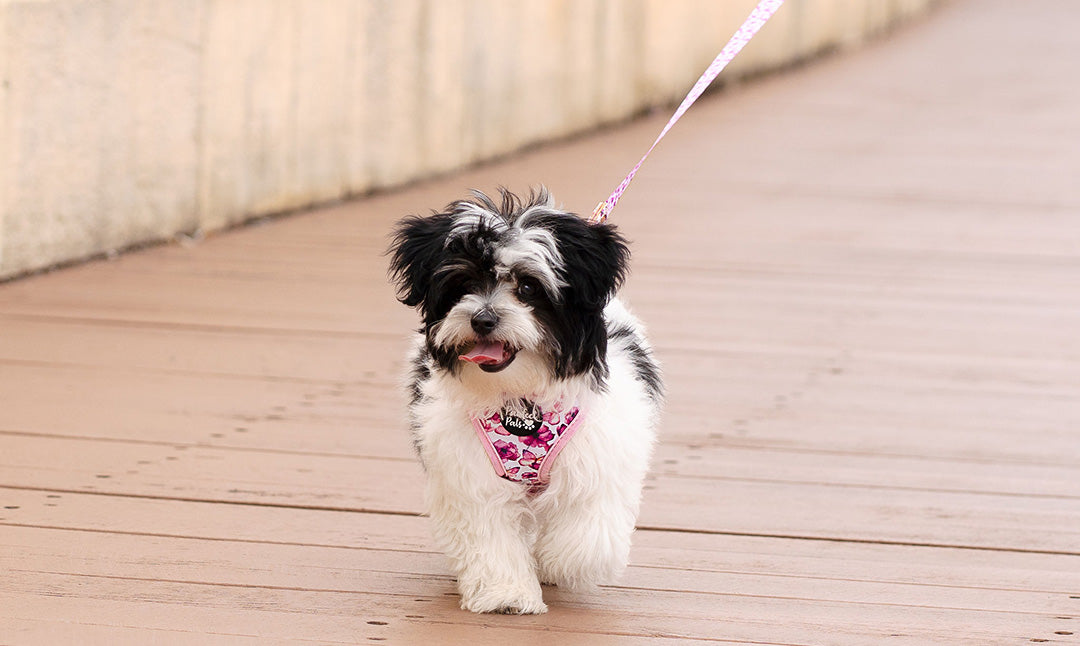

How to Stop Dogs From Pulling on Walks
Everybody loves taking their dog on a walk, but what can be done about dogs who try to walk their humans instead by pulling on their lead in a hurry to explore? Fortunately, training your dog to stop pulling on walks is fairly easy with the right walking accessories, a few tips, and some patience.
Why is a dog pulling on a walk a bad thing?
You may be wondering why it matters if your pup pulls against their leash when on a walk. Maybe they're small, so you don't struggle to hold onto the lead, or you think your fur baby will come right back to you when you call.
The truth is, even in the most familiar settings, we never have full control. Your pup may startle another dog who gets defensive and scares them away, there could be glass or other dangerous items on the path that they don't notice, or they could hurt themselves by pulling too hard against the lead. That's why it's so important to teach a dog to stop pulling.
The right walking accessories
Step one is to make sure you have accessories designed to make training your pup not to pull as easy as possible. Fortunately, since you're here, this part's simple!
The most important part of your dog's new kit is a no-pull adjustable dog harness. Fully adjustable at the neck and waist, with both front and top-mounted metal lead clips (the front one is what you want to use when training), they're designed to stop your dog from walking too far ahead. There's also far less risk that your pup will hurt themselves if they charge forward and reach the end of their leash (more on that here).
Pair these with one of our vegan leather or soft dog leads, either in a matching or complementary design. We highly recommend these set-length leashes over other types such as rope leads, which can hurt your hand if your dog is a very eager puller, and retractable leads, that have constant tension your pup will learn to ignore.
A few tips
- Use verbal cues. Choose phrases to teach your dog when to walk calmly on a lead ("let's go!" is a common one), when to stop ("stop" or "heel") and when it's time for off-leash playtime at the dog park ("play" is an easy one). Keeping to this system, as with all training cues, is key to teaching appropriate behaviour.
- Stop if your dog pulls. The goal in training your pup not to pull on walks is to teach them the quickest way to get where they want to go is let you set the pace. As soon as you feel tension on the lead, stop. When they come back towards you, continue with a verbal cue. This way, they learn to walk at a comfortable distance, keeping the leash loose. No-pull adjustable harnesses help immensely with this long-term technique, as they will force a pulling dog off their path without hurting them.
- Reward their attention. Positive verbal reinforcement is critical any time your dog appears to be paying attention to your lead. This reminds them you're walking them, and not the other way around, meaning they're more likely to follow your guidance. Reward with treats to further support their good behaviour.
Stay patient.
Walks are one of the most important activities in a dog's day, boosting both their physical and mental health. They can also be very distracting, with new sights, sounds and scents to be experienced every time. So stay patient, and stick to your training plan. Eventually, your dog will learn not to pull on walks, and walkies will become even better for the both of you.
